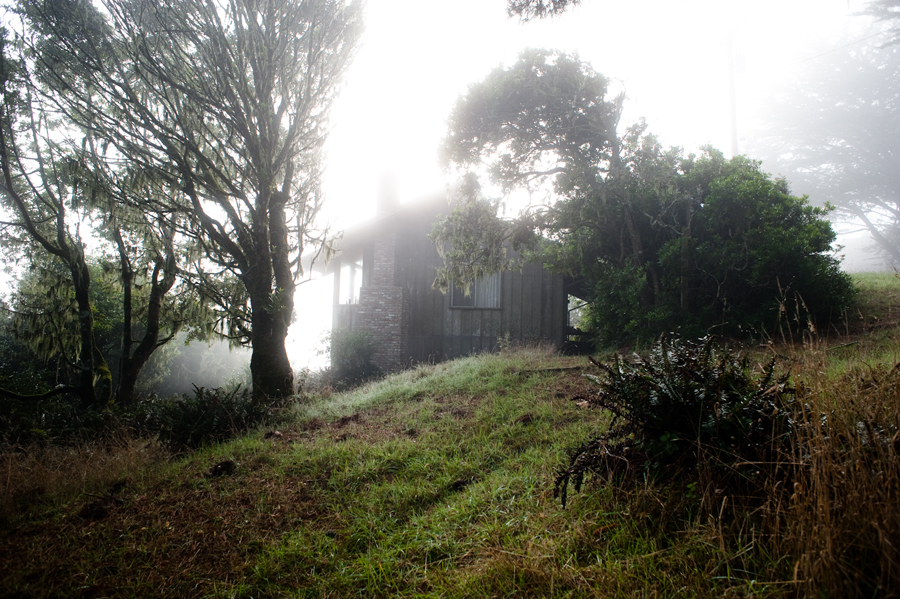Point Reyes National Seashore denied requests this month for nine private lease extensions in Duck Cove, a remote hamlet on the western banks of . . .
Seashore ends leases in Duck Cove


Point Reyes National Seashore denied requests this month for nine private lease extensions in Duck Cove, a remote hamlet on the western banks of . . .